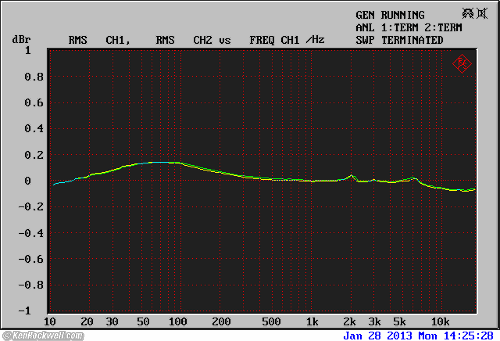When a photographer is shooting a pole vaulter at the Olympics for instance, the key frame of the action is a remarkably tiny sliver of time. The same can be true of a basketball player leaping through the air to perform a sky hook. Landscape photographers can set up sticks and take their time, but action photography often have to let loose in burst mode, grabbing a chunk of action, then finding the perfect frame after the game is over. The faster the camera recovers from each shot, and the longer it can go before stopping dead with the burst and dumping from internal memory to the memory card, the better. Some cameras are designed for landscape photographers (Canon) and some are designed for action photographers (Nikon).
Large jpegs are visibly transparent, just as high bit rate lossy audio files are audibly transparent. If you have your camera adjusted correctly in advance for exposure, white balance and image processing, you can shoot straight ahead to jpeg and squeeze out better camera performance with no loss in quality. Experienced photographers have control over their camera settings. They don't need to "fix it in the mix" by doing wide corrections in post processing.
Myself, I've got a nice Nikon D7000 and a great little Canon pocket camera, but some of my best photos were taken with my iPhone. I shot a publicity photo for a musician friend of mine with an old 3 megapixel Olympus. He blew it up into a full size poster and it looked great. Image quality is dependent on *how* you shoot the shot, not necessarily the equipment or file format you use. That only comes into play in extreme situations (ie: poor lighting) that don't really lend themselves to photography.




















